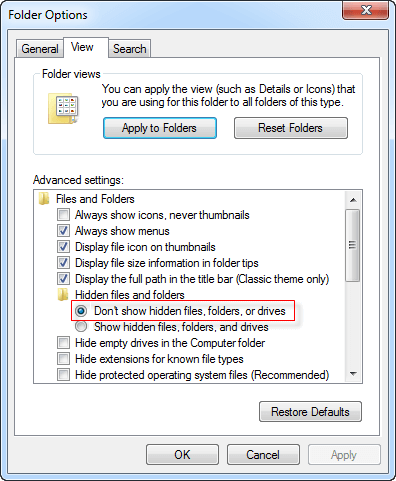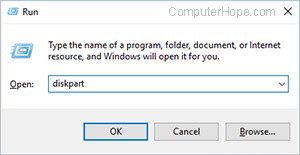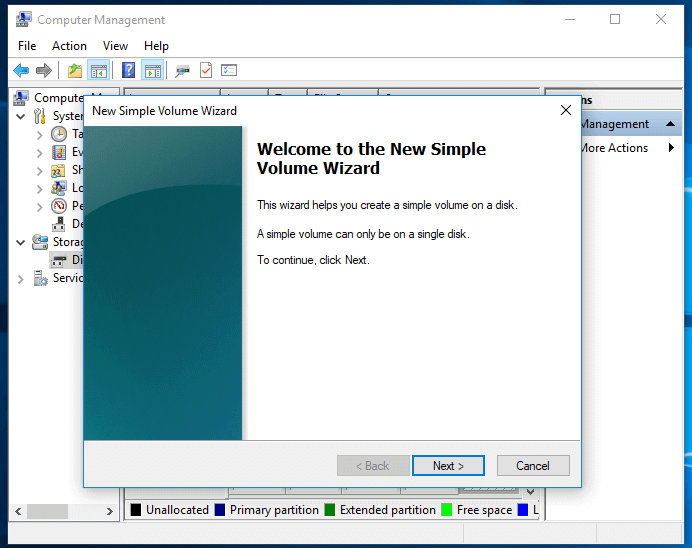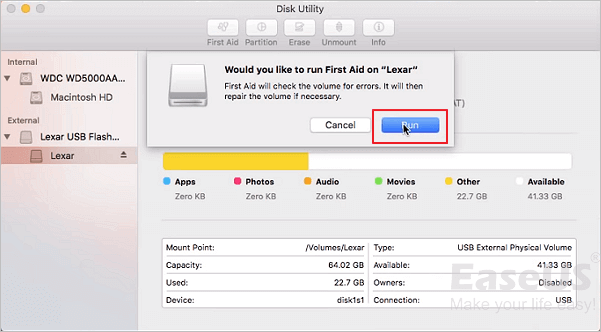


If yes, recover them as per instructions. Once the scan is complete, navigate through the found list to see if your lost files are there. Connect your USB drive (or memory card, external HDD, etc.), and then launch the Stellar Recovery program to scan the disk drive your device represents. Step 3: Recover Data and Format The Disk Driveįirst, Get Stellar Windows Data Recovery and install the program on your PC. Otherwise, the virus/malware may have deleted your files. Now check the items on your device, see if the shortcut is now gone? If yes, that’s great.
After the scan, remove any malicious threats your security software might find. We also suggest you use Malwarebytes to check if your PC has malware issues. Open the program and run a thorough scan of your PC hard drive, as well as your external disk. We recommend Bitdefender Antivirus Plus because it’s one of the most powerful antivirus solutions on the market this year. Launch your security software for a scan. Step 2: Scan And Remove Malicious Threats Now, press “Enter” key and check if the files and folders in your disk are now visible. Don’t forget to replace “f” if the drive letter is different. Important: here we assume your external drive shows as F: under My Computer or This PC. 
Next, copy this command attrib -h -r -s /s /d f:*.* with Control + C, right-click and select to paste it. For Windows XP/Vista/7, click Start > Run, type cmd and click OK.

For Windows 10 and Windows 8.1, search “cmd” in the taskbar and click the best match (see the screenshot). Note: It is highly recommended that you DO NOT jump to the second or third step, without trying the first one.įirst, open the Command Prompt app.
A file recovery program (see our data recovery software review). An antivirus program or malware removal software (see more below). The infected removable storage media, i.e., USB drive, memory card, etc. Keep reading for the solution! What You May Need: In rare cases, your items could be deleted by the virus and thus disappear, unfortunately.īut most of the time, it’s often a quick fix. What the virus often does is hiding your files and folders, by turning them into shortcuts – usually a few kilobytes (KBs) in size, while the actual file size us several megabytes (MBs) or gigabytes (GBs). Note that the device we are talking about here can be a USB pen drive, a microSD card, an external drive, etc. the notorious ones like BUOUFO, QWERT, AUTORUN, etc.Ĭhances are the virus has sneaked into either your PC or the storage device, or both. More precisely, it can be a virus, trojan or worm, e.g.








 0 kommentar(er)
0 kommentar(er)
